Arrowroot Powder is SO Much Better than Cornstarch!

“WHY?” you ask? Because of the GMO (Genetically Modified Organisms) issue. Now almost all cornstarch is made from corn that’s been genetically engineered (think Frankenfood!). Rumford’s makes a non-GMO cornstarch, but it’s really expensive. And then there’s the process used in making the cornstarch; it utilizes chemicals and high heat—we end up with a non-nutritive food-like substance that’s questionable at best.
Cornstarch is also used in adhesives, batteries, garbage bags, deodorant, make-up, and more. I won’t bore you with the science and engineering that goes into making the stuff, but suffice it to say, it’s just a lot smarter to put unadulterated, real food in our bodies. So when we need a thickener, let’s look elsewhere.
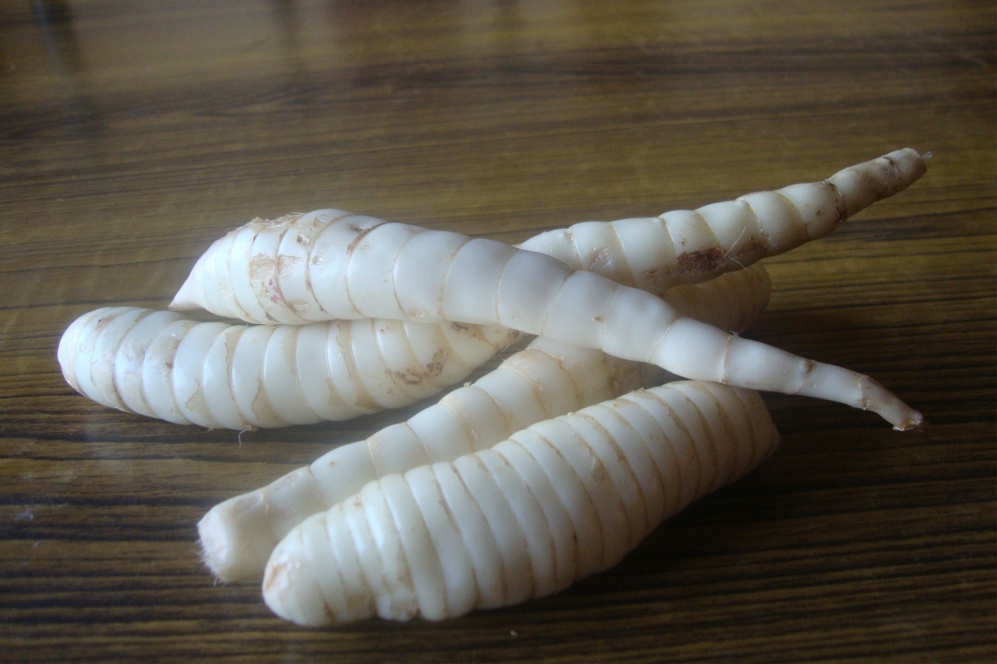
And that idea, the “real food” concept, leads us to arrowroot powder. This is a superb alternative thickener and is sometimes known as Arrowroot Starch. It’s white and powdery just like cornstarch. It’s derived from a tropical South American tubor and was given the name “Arrowroot” because it was once used to treat those injured with wounds from poison arrows. It was a dietary foundation food for native Caribbeans; they valued it for its amazing healing benefits (i.e., it would draw out the poison from wounds).
The extraction process is very different from that of cornstarch, also. On a nice site, The Antidote Life (www.theantidotelife.com), I found this simple explanation:
The tubers are soaked in hot water then peeled to remove their fibrous covering (this prevents a bitter taste and off-color in the final product.)
Next they’re cut into small pieces.
The cut tubers are then mashed to a pulp and macerated to break down the tough cells surrounding the starch.
The pulp is washed on screens to separate the starch from the fibrous material.
The settled starch is then centrifuged or filtered to further separate it from fiber and other soluble material (this process can be repeated to obtain greater purity).
The separated starch is finally dried and ground to powder.
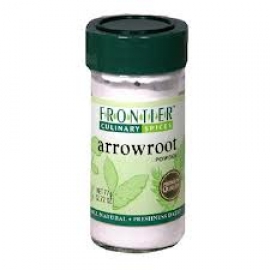
That’s it. No chemicals or other mystery ingredients whatsoever!
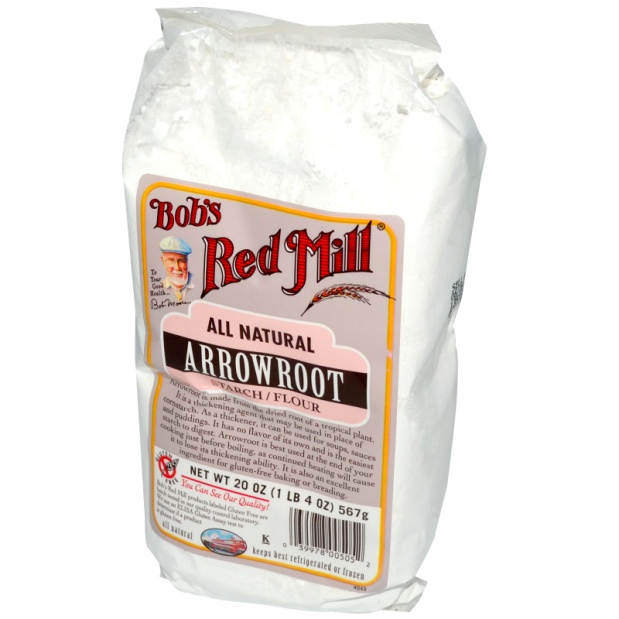
It’s now my preferred thickener. Instead of thickening a sauce with corn starch or a roux (a flour and butter mixture), I use arrowroot powder with a little milk and sometimes an egg yolk (especially if I’m making pudding). It thickens milk base sauces just like a roux or cornstarch would but without the pasty or odd aftertaste that you sometimes get with the other two techniques.
So that’s what you need to know: Arrowroot powder can be used very similarly to cornstarch by way of making a “slurry.” The one thing to remember is that care must be taken not overheat it. Arrowroot is more delicate than cornstarch and will breakdown quicker when heated too long or at too high of a temperature.
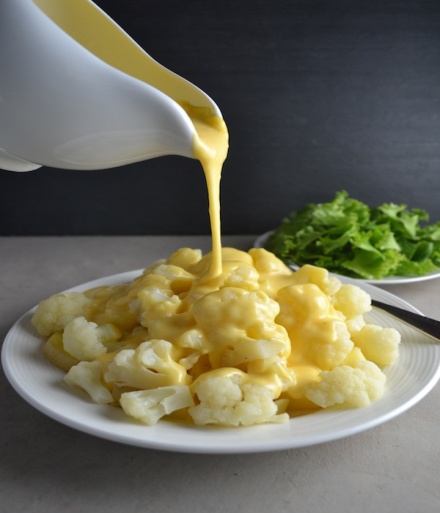
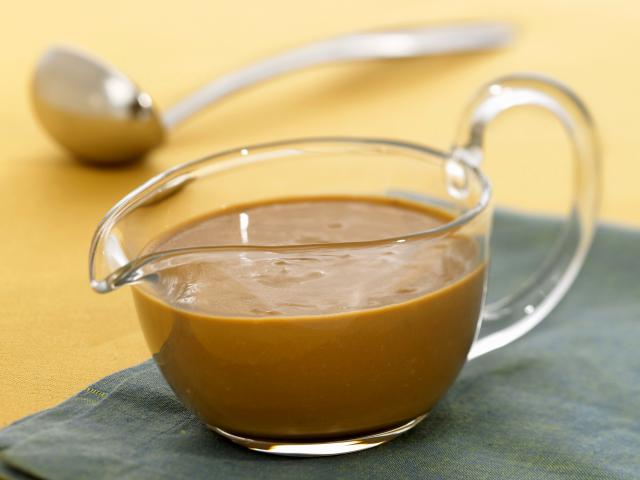
Other than that, it’s simple to use. You can use it just as you would cornstarch or a flour roux to thicken soups, sauces, stews, gravies, puddings, syrups, and fruit fillings. It works exactly like cornstarch but you don’t have that scary refinement process and you don’t have to ask “Are there GMOs in this?” And one other thing you’ll love about arrowroot powder id that it’s one of the easiest starches to digest.
When shopping for arrowroot powder, be sure to read labels. Tapioca root and arrowroot are commonly confused, but they’re completely different things. It’s not hard to tell which one you have because the label will read with only one ingredient: arrowroot, pure. Nice, huh?
I’ll close with a couple scrumptious recipes I found on Yummly (www.yummly.com) using arrowroot powder. If you haven’t tried this product, you really should. Arrowroot is SO much better than cornstarch!
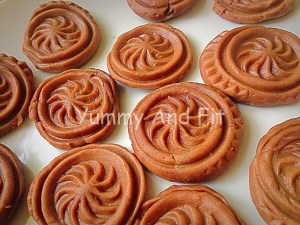
GLUTEN-FREE CHOCOLATE ARROWROOT COOKIES
2 ½ tablespoons raw sugar
1/3 cup almond butter
2 tablespoons unsweetened cocoa
1/2 cup arrowroot powder
1/2 teaspoon baking soda
Preheat oven to 350°F. Mix all the ingredients thoroughly. Allow to stand for ten minutes. If the dough is not firm enough, you could add some more arrowroot. Make small circles and press in to a mold. Bake for 10 - 15 minutes. Cookies will still be soft when you remove them from the oven after 15 min; allow them to cool until firm.
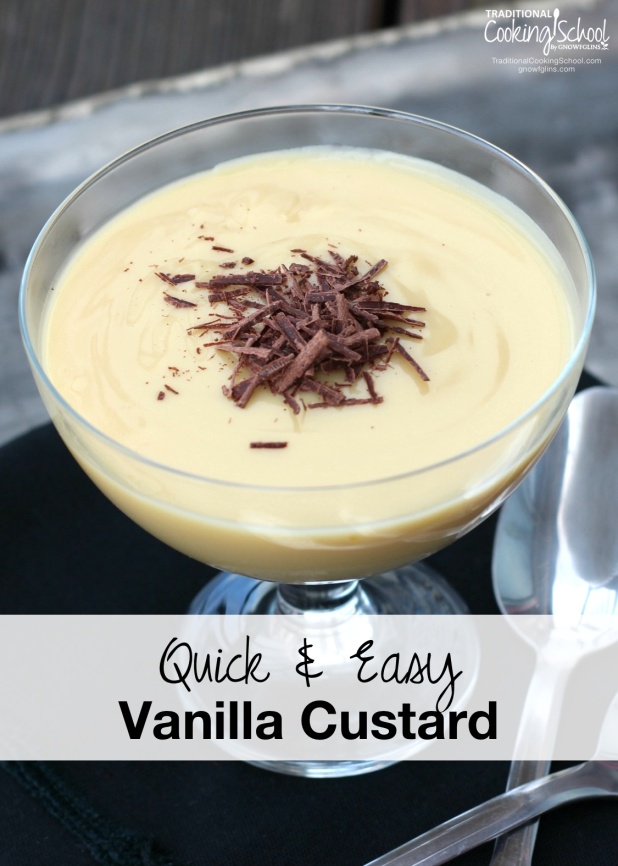
QUICK AND EASY VANILLA CUSTARD (serves 6)
3 cups milk
4 egg yolks
1/2 cup pure maple syrup (or raw honey)
1/3 cup arrowroot powder
1 tablespoon butter
2 teaspoons gelatin
1 teaspoon vanilla extract
1/4 teaspoon sea salt
Whisk together arrowroot and gelatin in a small bowl. Into a medium saucepan, pour milk, egg yolks, maple syrup, and sea salt. Sprinkle the arrowroot mixture over its surface, and whisk again to combine.
Cook over medium heat for about 10 minutes, stirring CONSTANTLY until the pudding begins to thicken. It will start to steam first, which is your sign that the custard is almost done. Once thickened, remove immediately from the heat.
Add butter and vanilla and continue to stir until mixed. Pour into individual serving dishes, and serve or chill.
- www.responsibletechnology.org
- www.healthyliving.natureloc.com
- www.glutenfreedomproject.com
- www.iherb.com
- www.twothirdscup.com
- www.homecooking.about.com
- www.yummly.com
- www.gnowfglins.com
 Alice Osborne
Alice Osborne
Weekly Newsletter Contributor since 2006
Email the author! alice@dvo.com
